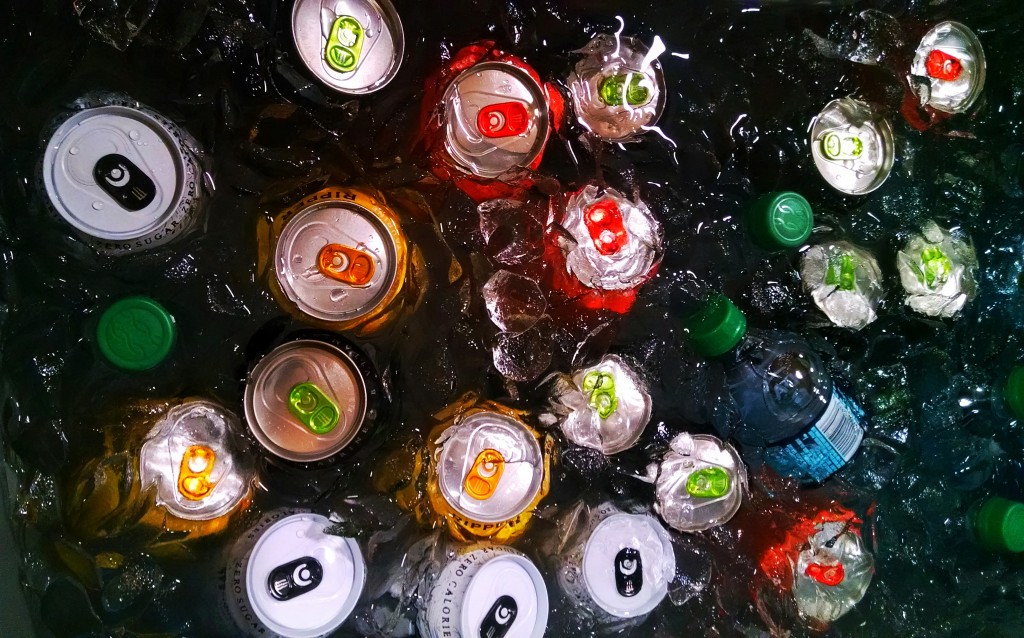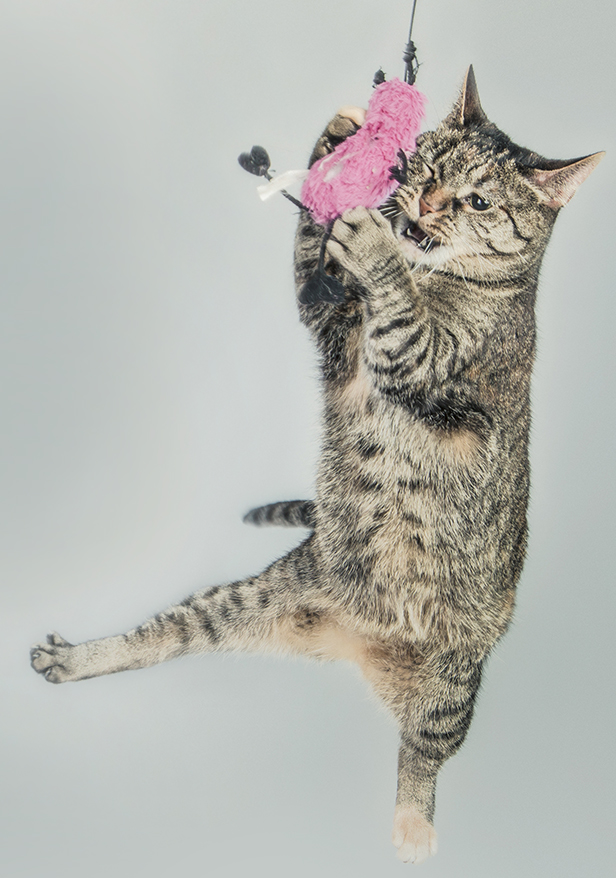
S K I P A H E A D

|
Putting a price on something holds a fascination for me. That’s why I paid attention when I recently wandered into a drugstore looking to quench my thirst. I was taken aback to discover that they were selling the same brand-name pop in six different sizes and at nine different prices.
The dizzying array of possibilities started with the worst deal. A 591 ml bottle was displayed in a refrigerated section near the front of the store that went for a whopping $2.49, which is equivalent to $4.21 per litre.
You could also pick up 1 litre bottles in the same section for $2.49 each or three for $5.00 ($1.67 per litre). It’s an old trick. An outrageously high price on one item makes the simply high price on another look like a bargain by comparison.
Bigger discounts could be found at the back of the store. The best was on a six pack of 710 ml bottles that cost $2.29 per pack or $0.54 per litre. Alternately, you could pick up a case of twelve 355ml cans for $3.49, which is equivalent to $0.82 per litre.
In addition, 2 litre bottles were offered at $1.99 each or three for $5.00. The former rounds to $1.00 per litre and the later to $0.83 per litre.
Lastly, a six pack of mini-cans (222 ml) could be had near the front for $2.99 per pack or 2 packs for $5.00. That’s $2.24 per litre for the former or $1.88 per litre for the later. Yuk.
Take a step back and it’s a bewildering picture. After all, if refrigeration wasn’t your thing then you could buy six 710 ml bottles for $2.29, throw away five of the six bottles, and you’d still get 119 ml more pop than the 591 ml bottle and save $0.20 in the process.
If such pricing confounds you, pick up a copy of William Poundstone’s book called Priceless. You’ll learn about some of the tricks that stores like to play on their customers. It’s a useful tome for both business people and investors who want to separate good businesses from bad ones. In it you’ll learn about some of the tricks that stores play on their customers.
Problem is, a store that charges nine different prices for what is essentially the same product runs the risk of being seen as trying to chisel their customers. They’re putting their reputation at risk. After all, if they’re willing to play games with pop, what are they up to in the pharmacy?
The Climbing CATS
The Climbing CATS strategy is based on a momentum plus value combination. It starts with reasonably-sized Canadian firms and then focuses in on value stocks. Call them Cheap And Thrifty Stocks, or CATS, if you will. But it also looks for firms with strong relative momentum that have Climbed higher in recent times. Both value and momentum have worked well in the past.
More specifically, when it comes to size we start with a list of about 200 of the largest stocks that trade on the TSX. We then narrow down the search to stocks that have low-to-moderate price-to-earnings ratios. Finally, we pick stocks that have fared the best over the last 12 months.
The current list of Climbing CATS is shown in the table below. It represents a starting point for those who want to put some money to work and is best suited for more aggressive and experienced investors. Investors should aim to hold the CATS for a year.
Climbing CATS
Source: Bloomberg as of October 11, 2017
Notes
Price: Closing price per share
P/E: Price to Earnings Ratio
Total Return: The total return generated by the stock over the last year
Dividend Yield: Expected-Annual-Dividend divided by Price, expressed as a percentage
As always, do your own due diligence before buying any stock, including those featured here. Make sure its situation hasn’t changed in some important way, read the latest press releases and regulatory filings and take special care with stocks that trade infrequently. Remember, stocks can be risky. So, be careful out there. (Norm may own shares of some, or all, of the stocks mentioned here.)


